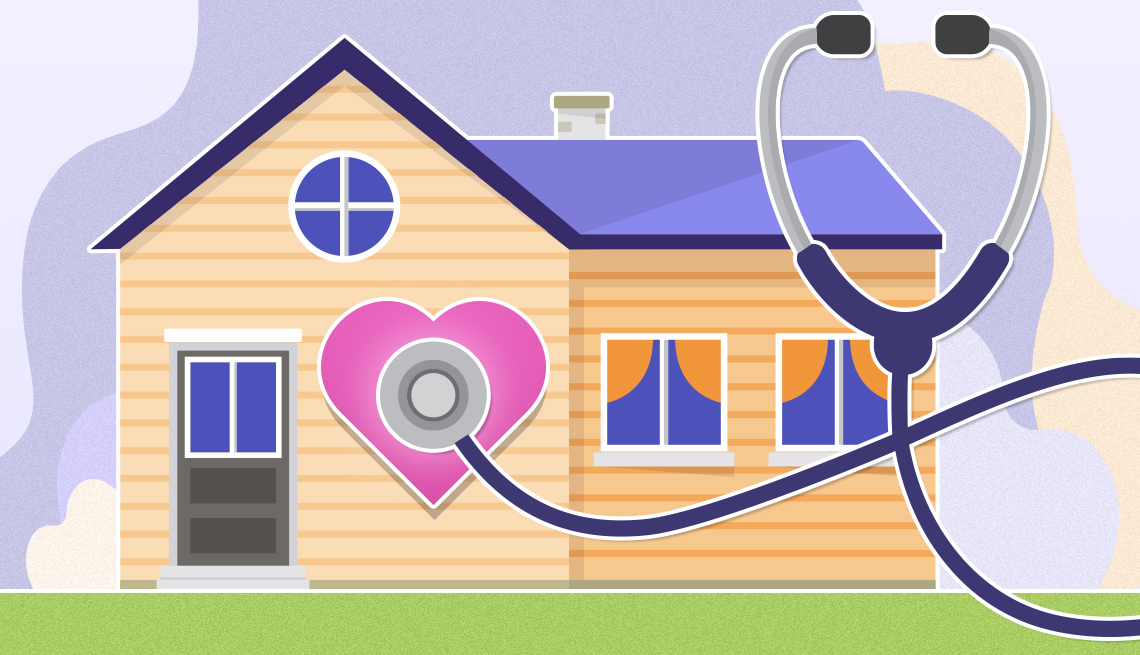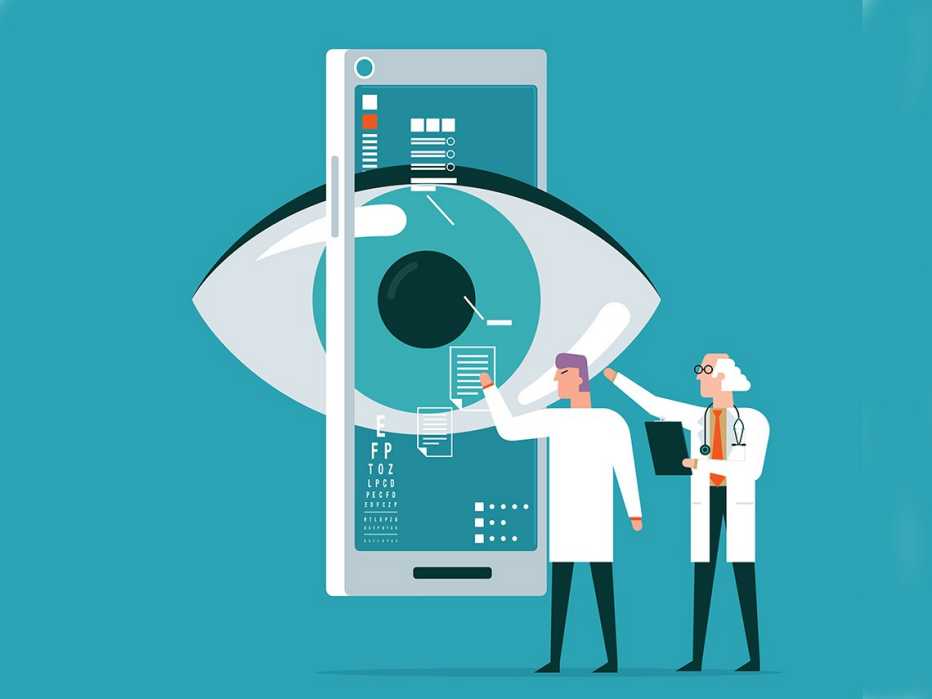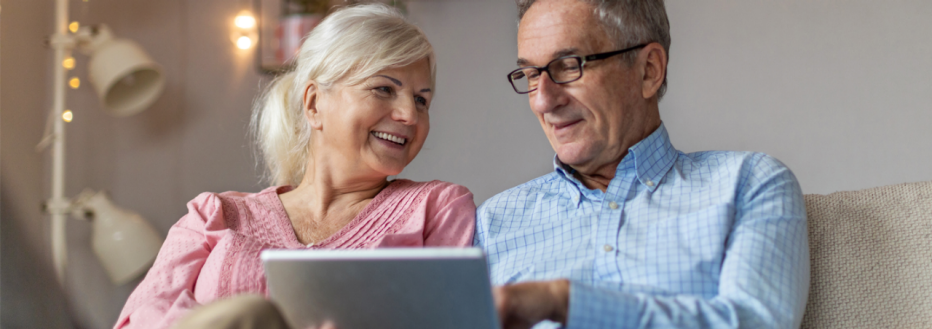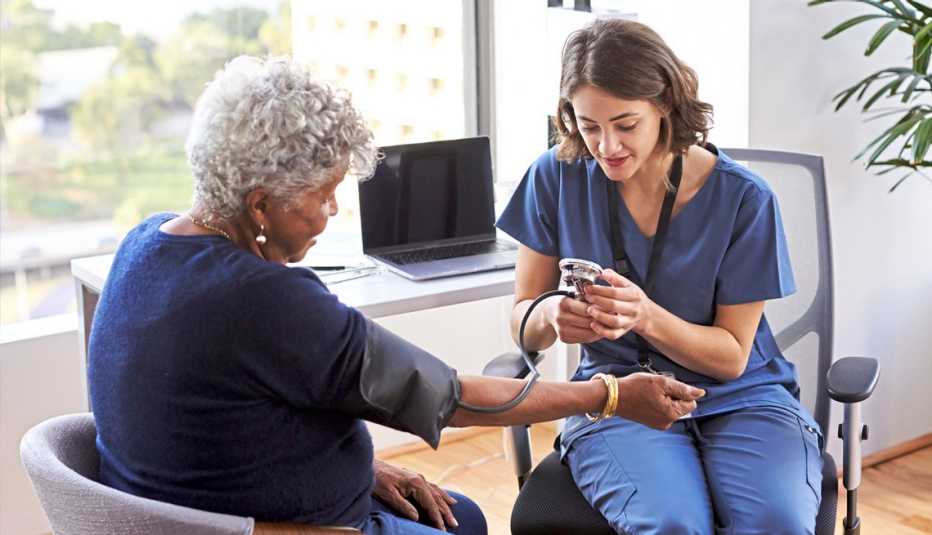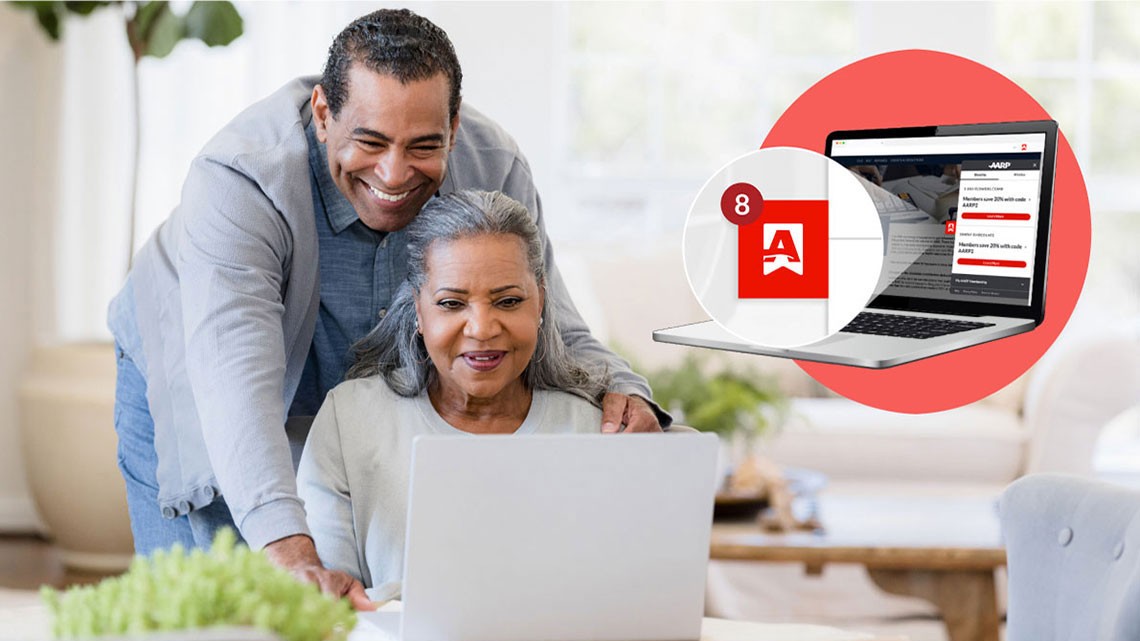Staying Fit
You wear a cuff to measure not only your blood pressure but also the stiffness of your arteries, among other vascular readings, from home. You conduct your own vision tests for eyeglasses without leaving the house. You pee in your own toilet to capture urine samples you share remotely with your doctor.
Telehealth has brought doctors back into the house virtually via smartphone, computer and tablet screens. Now several health tests that used to require a trip to a doctor’s office or lab are also being done from the comfort of home. Others are on the cusp of being approved.


AARP Membership— $12 for your first year when you sign up for Automatic Renewal
Get instant access to members-only products and hundreds of discounts, a free second membership, and a subscription to AARP the Magazine.
You can buy some tests off the shelf at your local pharmacy. Others may require a prescription from your physician, who can then monitor certain conditions from afar.
Health-related tests of one kind or another aren’t entirely new, of course. Women have been able to take home pregnancy tests for decades. Diabetics can prick their finger with a needle to test glucose levels or wear a continuous glucose monitor. Some people share their DNA through 23andMe to screen for hereditary conditions.
COVID makes home testing routine

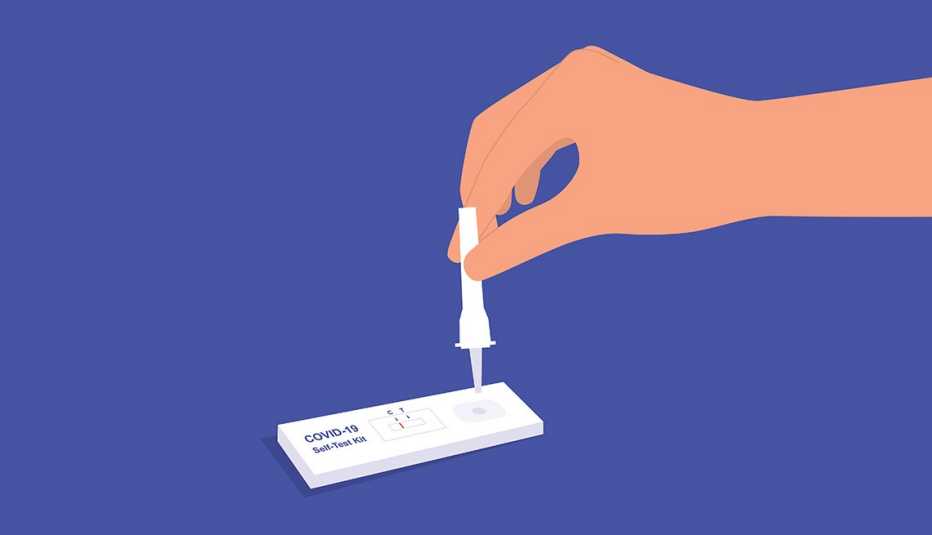
Millions have grown accustomed to home diagnostics by sticking a swab up their noses, however unpleasant, to test for COVID-19.
“The pandemic definitely changed a lot of people’s opinions of testing at home,” says virologist Mary Rodgers, principal scientist for diagnostics at Abbott, the North Chicago–based health care company behind the BinaxNOW-branded COVID tests.
Nearly half of adults ages 50 to 80 surveyed in July 2022 as part of the University of Michigan’s National Poll on Healthy Aging have purchased at least one at-home medical test. More than 4 in 5 expressed an interest in using them in the future.
“The people who tend to need these sorts of tests more are probably older people. But I think a lot of this is going to be driven by younger people, [who have] an expectation of convenience probably in a way that we never did,” says David Pride, M.D., professor of pathology and the director of microbiology at UC San Diego.
Your smartphone will play a role
The latest generation of home tests may combine sophisticated sensors and artificial intelligence (AI) analysis, often in sync with a smartphone or smartwatch. These digital health tests cover a wide swath of concerns, as you can see from the following products, many of which were exhibited at the January 2023 CES tech fest in Las Vegas.
• Monitoring urine. Withings has launched U-Scan, which the French company markets as the world’s first at-home, hands-free urine lab. To use it, you urinate onto a pebble-shaped, 3½-inch-diameter rechargeable reader that sits in your toilet bowl.
U-Scan has interchangeable cartridges that can analyze various biomarkers. Among the first are a cartridge to help women track hormonal fluctuations in their cycles, and another that measures nutritional balance around vitamin C, ketones and hydration. Data syncs up via Wi-Fi with a smartphone app. Low-energy radar sensors embedded within the U-Scan reader help it identify your urine as distinct from, say, a family member’s.
U-Scan is slated to go on sale in Europe for €500 (about $535) around midyear but hasn’t yet received regulatory approval from the U.S. Food and Drug Administration.
Healthy.io’s Minuteful Kidney test also uses urine to uncover increased risk for chronic kidney disease in its early stages and avert damage that can lead to a kidney transplant or dialysis. The Tel Aviv–based company received FDA clearance last year for its home test kit, which uses a smartphone app to give immediate results.
• Identifying respiratory viruses. Opteev Technologies in Baltimore has developed a battery-powered, multiple-use handheld breath analyzer test called ViraWarn that the company says can detect all COVID variants, as well as respiratory syncytial virus (RSV) and influenza, in less than 60 seconds.
You blow into this electronic device twice. A carbon filter captures larger particles in your breath. Virus particles pass through. A flashing red light signifies a positive result, though the test won’t tell you what you have; a green light indicates a negative.
ViraWarn comes with a removable mouthpiece and replaceable sensor cartridges. It is in clinical trials and will require FDA approval.
• Checking arteries. The Pulse monitor from Conneqt in Newport Beach, California, promises to do more than the typical cuff-based blood pressure machine. It can capture a patient’s central pulse pressure, which is used to identify damage to the brain, heart and kidneys. Among other features, it can also measure augmentation pressure, a marker that indicates how stiff a person’s arteries are.



























































